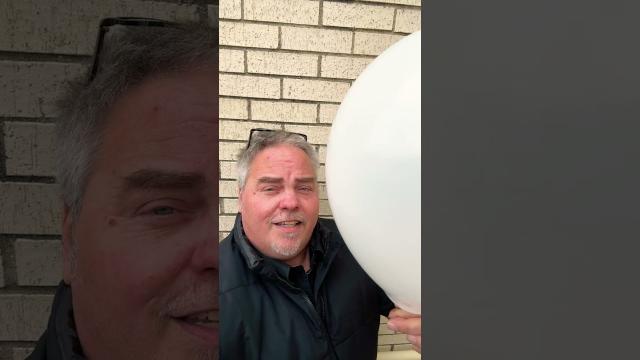Outer Space & Universe
Outer Space & Universe
Space, also known as outer space, is the near-vacuum between celestial bodies. It is where everything (all of the planets, stars, galaxies and other objects) is found.
On Earth, space begins at the Kármán line (100 km above sea level). This is where Earth's atmosphere is said to stop and outer space begins. This is not a firm boundary but is a convention used by scientists and diplomats.
Items in space are free to move back and forth; up and down; and left and right. These three dimensions are what make 3D space. Items also move forward through time, which is sometimes called the fourth dimension.
The majority of space contains very little matter and so most of it is a vacuum. Scientists do not know how big space is but we do know that space is extremely big, and is always expanding.
According to the big bang theory, all matter and energy in the Universe was compressed into a very small space. Then it exploded and started expanding. Space is still growing in size today; this means the distance from one galaxy to distant galaxies is getting longer.
Gravity is the force that keeps the Moon in orbit around the Earth and the planets in orbit around the Sun. Gravity can stretch and bend space similar to how a heavy ball placed on a stretched sheet of rubber will cause the rubber to stretch. The scientist who discovered that space can bend is named Albert Einstein. How gravity bends space is part of his theory of general relativity.
Astronauts, Cosmonauts, Taikonauts and Spationauts
An astronaut is any person who is trained by NASA to travel and perform tasks in space. Although the space traveler may not necessarily be a United States citizen, each astronaut does go through a rigorous training regiment by the National Aeronautics and Space Administration. Other space travelers go by other names then astronaut depending on their country of origin.
In the United States, astronaut is derived from the Greek words ástron (star) and nautis (sailor). While, in Russia, a space traveler goes by the name космонавт (English: cosmonaut), which is derived from the Greek words kosmos (universe) and nautis (sailor). Westerners call a space traveler from China a taikonaut, based on the 1998 writings of Chiew Lee Yik and Chen Lan where the term tàikōng (great emptiness), Chinese for “space”. In China, the term yuháng yuán (universe navigator) is used for space traveler.
Only the United States of America (United States), Russia (earlier, the Union of Soviet Socialist Republics), and the People’s Republic of China (China) have sent manned spacecraft into space. Other countries have assisted these countries by sending their own space travelers on space missions. For instance, a French space traveler is called a spationaut (from the French word spationaute), which is derived from the Latin spatium (space) and Greek nautis (sailor). (plural in Greek nautes = sailors)
-
00:40
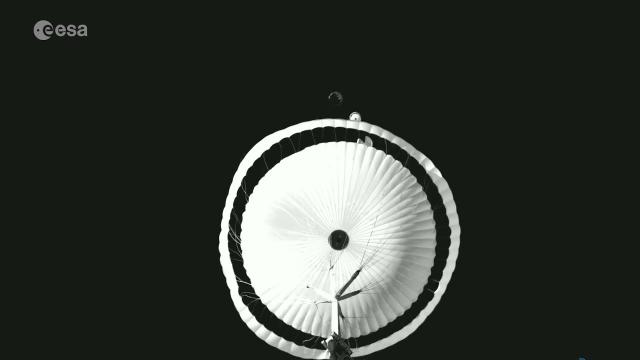
Watch an ExoMars high-altitude parachute test in slow-mo
Added 267 Views / 0 LikesA stratospheric balloon carried a "dummy descent module' to about 18 miles (29 km) above Sweden for a drop test. After it was release the 49-foot-wide (15 m) first stage main parachute was deployed. Full Story: Europe's ExoMars parachute still experiencin
-
04:06
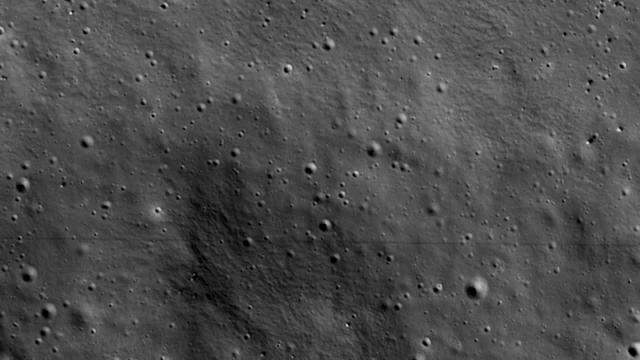
Exploring the Moon's permanently shadowed regions with "ShadowCam"
Added 139 Views / 0 LikesTh Korean Pathfinder Lunar Orbiter's NASA-funded instrument ShadowCam has delivered its first image of a permanently shadowed region of the moon. See the image and learn about the instrument here. Credit: Arizona State UniversityMusic: Clearer Views by Fr
-
01:13
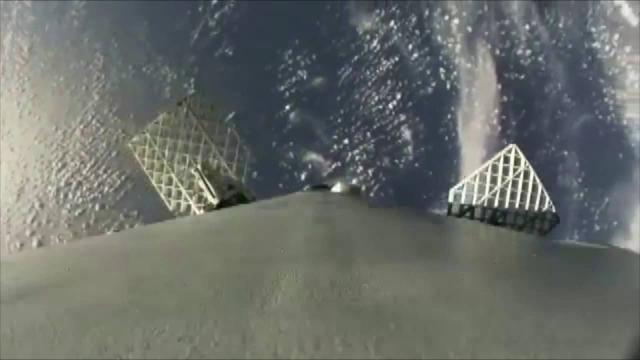
Jaw-Dropping Descent Of SpaceX's Falcon 9 First Stage | Time-Lapse Video
Added 629 Views / 0 LikesJaw-Dropping Descent Of SpaceX's Falcon 9 First Stage | Time-Lapse Video
-
11:14

Blastoff! SpaceX launches Space 40-satellite rideshare mission, nails landing
Added 233 Views / 0 LikesA Falcon 9 rocket launched the Transporter 4 mission from Space Launch Complex 40 (SLC-40) at Cape Canaveral Space Force Station in Florida on April 1, 2022. It carried "40 spacecraft, including CubeSats, microsats, picosats, and non-deploying hosted payl
-
08:09
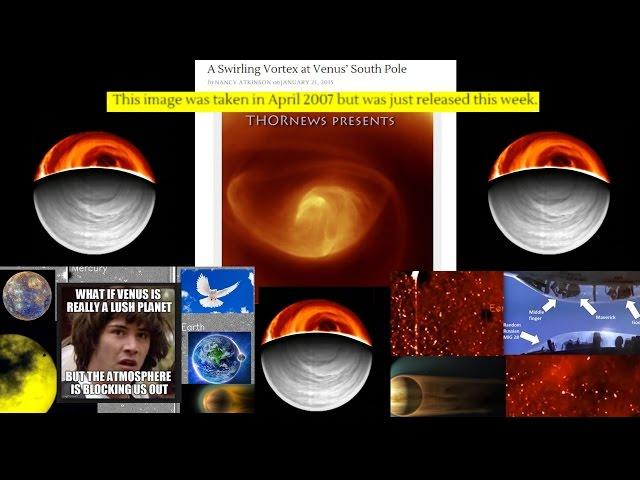
The Venus Vortex! The Climate on Venus is changing!
Added 913 Views / 0 LikesThe Venus Vortex! The Climate on Venus is changing!
-
04:26
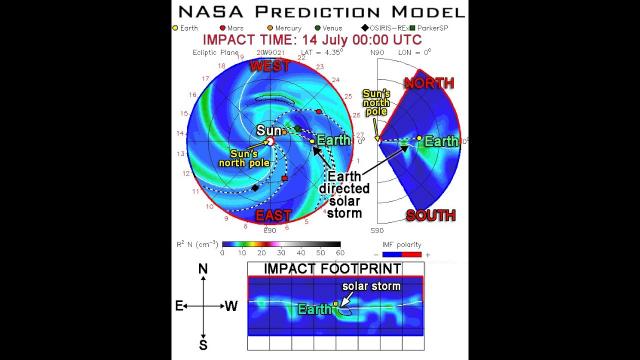
Solar Storm to hit Earth July 14th!?! Probably.
Added 313 Views / 0 LikesBlow? Glancing Blow? No Blow?Only time will tell.Solar Physics is fun!God bless everyone,T LEWISON5430 BIRDWOOD RD. #416HOUSTON TEXAS 77096https://www.paypal.me/THORnewshttps://venmo.com/TEric-Lewison$THORnews on CashApphttps://www.patreon.com/thornews
-
00:58
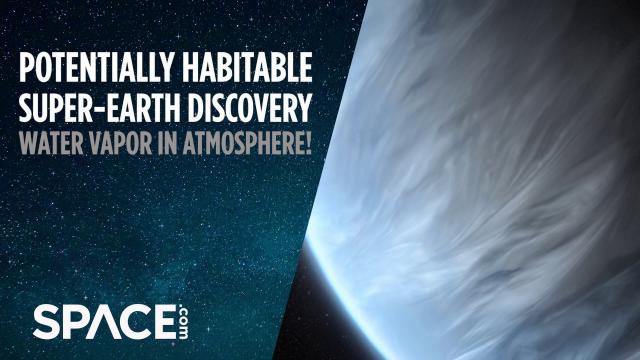
Potentially Habitable Super-Earth Has Water Vapor in Atmosphere
Added 481 Views / 0 LikesResearchers using the Hubble Space Telescope have discovered water vapor in the atmosphere of planet K2-18b, located about 110 light-years from Earth. Credit: Space.com / animations courtesy: ESA/Hubble/M. Kornmesser/L. L. Christensen/NASA/Kepler/Dana Ber
-
03:25
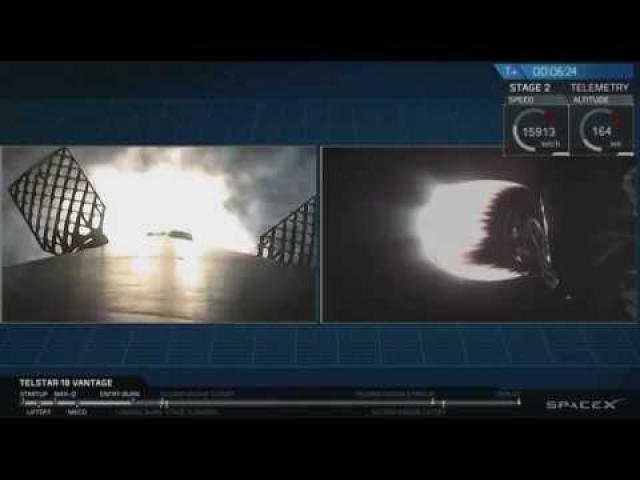
Touchdown! SpaceX Rocket Lands on Drone Ship After Early Morning Launch
Added 484 Views / 0 LikesSpaceX landed the first stage of its Falcon 9 rocket on the “Of Course I Still Love You” drone ship in the Atlantic Ocean on Sept. 10, 2018. The rocket successfully launched the Telstar 18 VANTAGE sateliite. Credit: SpaceX
-
16:24
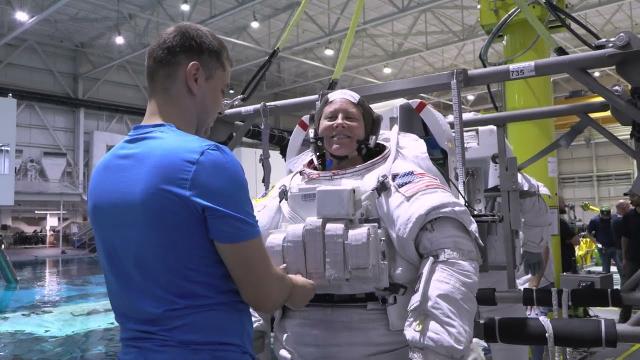
NASA Astronaut Tracy C. Dyson Training Resource Reel
Added 134 Views / 0 LikesNASA astronaut Tracy C. Dyson trains for her upcoming mission to the International Space Station. It will be her third trip to space overall, and her second long-duration mission to the International Space Station. Dyson will launch on the Roscosmos Soyuz
-
07:44
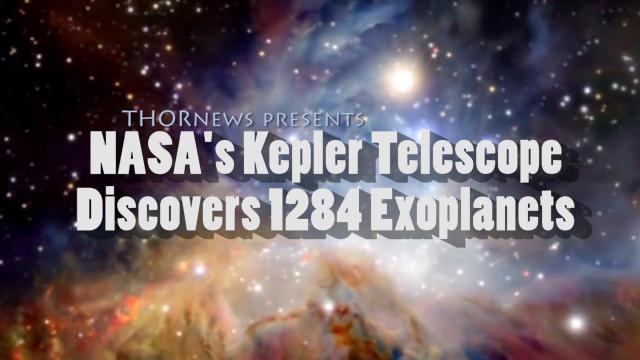
NASA's KEPLER Satellite discovers 1284 Planets!
Added 749 Views / 0 LikesNASA's KEPLER Satellite discovers 1284 Planets!
-
13:06
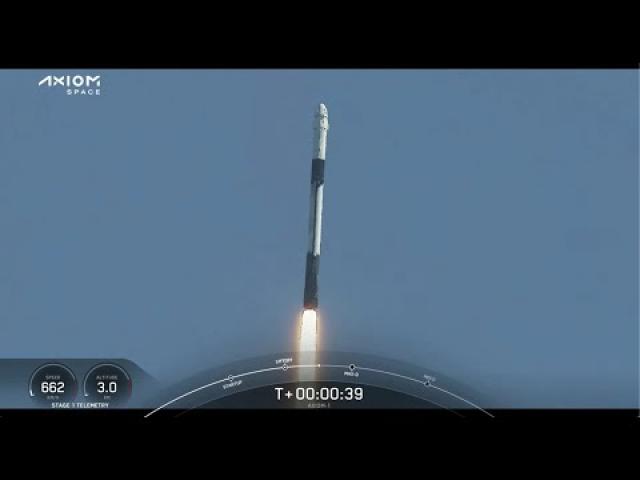
SpaceX launches 1st all-private Axiom crew to space station, nails landing
Added 222 Views / 0 LikesAxiom Space AX-1 crew Michael López-Alegría (commander), Larry Connor (pilot), Mark Pathy (mission specialist) & Eytan Stibbe (mission specialist) launched to the International Space Station atop a SpaceX Falcon 9 on April 8, 2022.Credit: Space.com
-
02:36
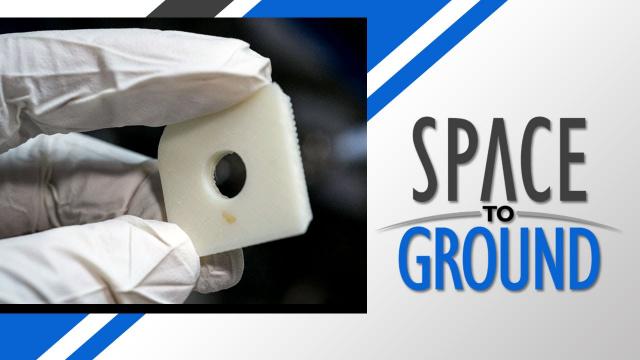
Space to Ground: 3D Printing in Zero G: 07/01/2016
Added 755 Views / 0 LikesSpace to Ground: 3D Printing in Zero G: 07/01/2016
-
02:45
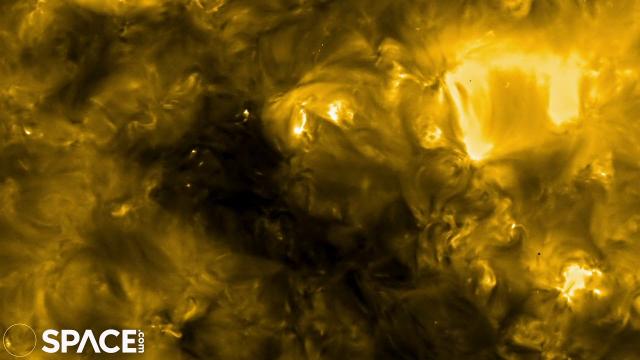
‘Campfires’ seen on Sun in closest images yet
Added 315 Views / 0 LikesESA’s Solar Orbiter captured this amazing imagery about 77 million kilometers (47 million miles) from the Sun. The 'campfire'-looking phenomena seen are "omnipresent miniature eruptions that could be contributing to the high temperatures of the solar coro
-
17:08
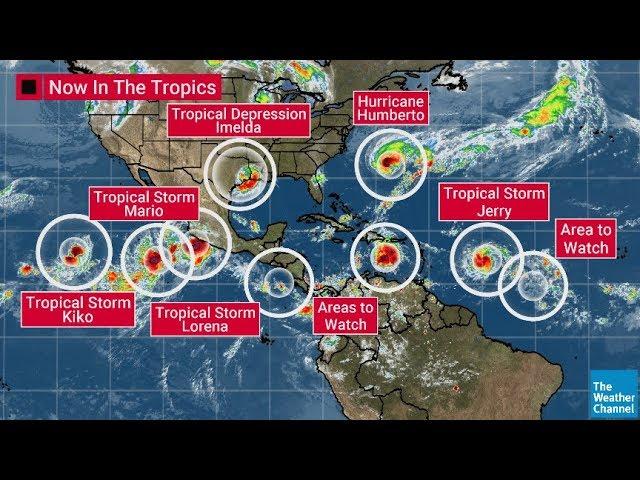
Wildest Hurricane Season ever? & Major Texas flood continues 48+ more Hours
Added 389 Views / 0 Likes12 Tropical Areas to Watch! Imelda has dropped over 21 inches of rain in some parts of Texas with the worst yet to come, signs of the Florida Crystal River Hurricane in October, and a new scary area of development. IT IS LIT. BE READY.God bless everyone,T
-
4:39:46

Inspiration4 | Launch
Added 181 Views / 0 LikesSpaceX is targeting Wednesday, September 15 at 8:02 p.m. EDT (Thursday, September 16 at 00:02 UTC) for launch of the Inspiration4 mission – the world’s first all-civilian human spaceflight to orbit – aboard SpaceX’s Falcon 9 rocket and Dragon spacecraft f
-
01:35
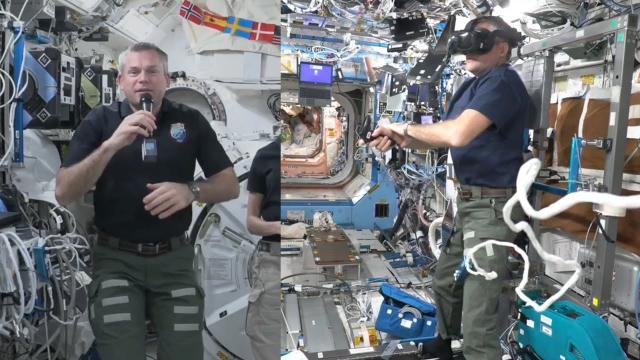
Using a VR headset on space station - Astronaut describes experience
Added 119 Views / 0 LikesExpedition 70 astronaut Andreas Mogensen describes the experience of using a VR headset while exercising on the International Space Station to Space.com's Elizabeth Howell. Credit: NASA
-
02:04
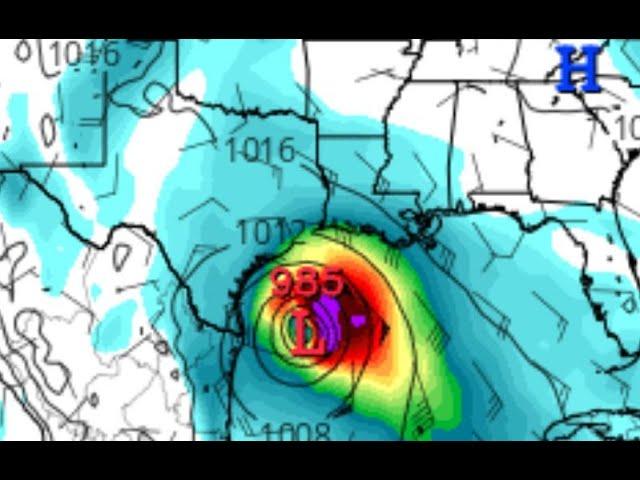
ALERT! EURO now shows a Hurricane headed to Gulf Coast usa in 10 days.
Added 265 Views / 0 Likesalmost all models now agree trouble is brewing.God bless everyone,T LEWISON5430 BIRDWOOD RD. #416HOUSTON TEXAS 77096https://www.paypal.me/THORnews$THORnews on CashApphttps://www.patreon.com/thornews
-
01:05
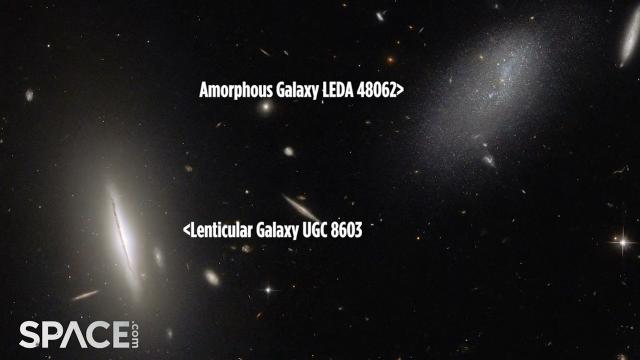
Hubble snaps amazing view of 'amorphous' and 'lenticular' galaxies
Added 192 Views / 0 LikesThe Hubble Space Telescope has captured an amazing view of galaxies LEDA 48062 and UGC 8603. Full Story: https://www.space.com/hubble-space-telescope-two-galaxies-photo.htmlCredit: ESA/Hubble & NASA, R. Tully | edited by Space.com's Steve Spaleta (https:/


